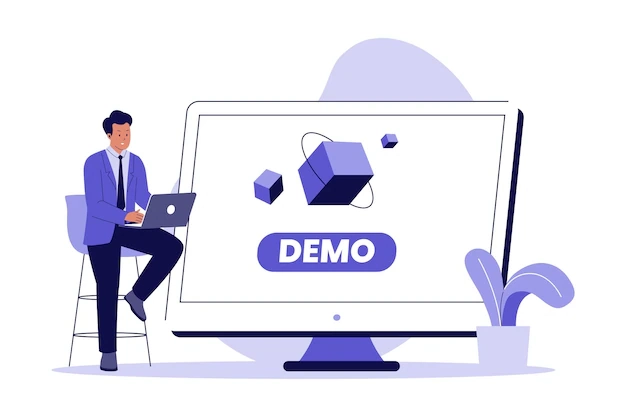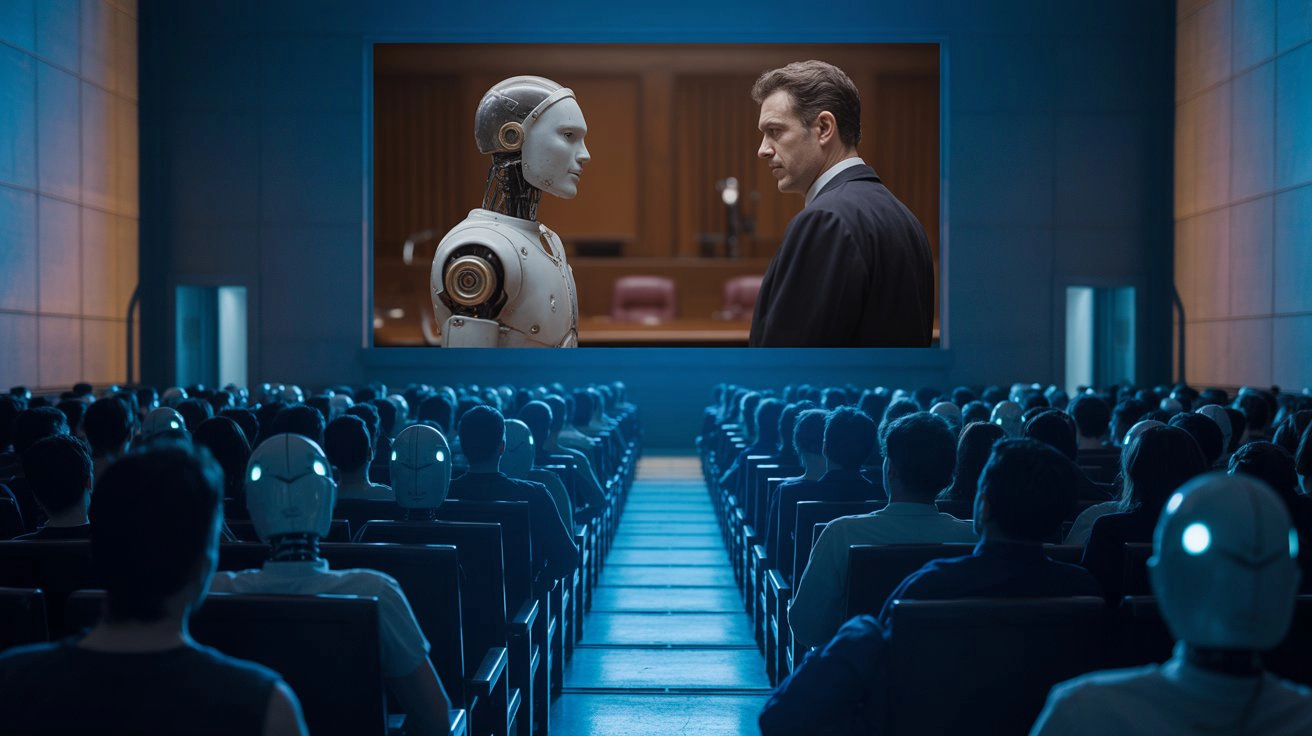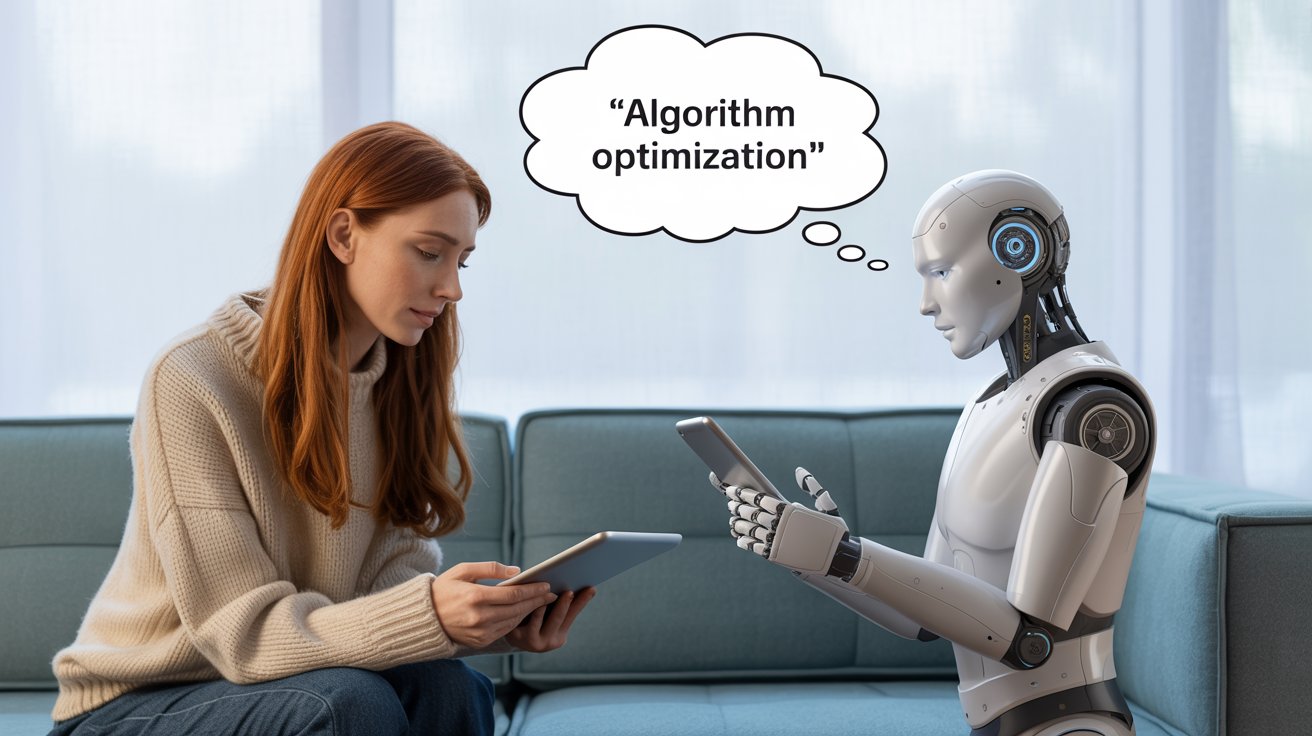content
The search results page is growing a new “front porch”: AI Overviews. These are concise, AI-generated summaries that appear above traditional results and assemble a direct answer with citations to sources. They began rolling out broadly in the United States in May 2024 and kept expanding and evolving through 2025. Instead of reheating press releases, here at ADV Advantage we translate the change into operating steps: how and when AI Overviews appeared, what they are meant to do for users, why many publishers and brands are worried, what lawsuits are on the table, and which exits exist for marketers who still need reliable reach and measurement (Google I/O 2024; Google product updates 2025).
A short timeline: from demo to a new default
Google publicly unveiled AI Overviews at Google I/O on May 14, 2024, and began enabling them for hundreds of millions of US users, signaling an ambition to reach more than a billion over time (Google I/O 2024). Early messaging framed them as “search that searches for you”: the system pulls fragments from the web and tries to compose a one-screen answer. In early 2025 Google announced upgrades powered by Gemini 2.0 and an experimental “AI Mode” that places generative assistance at the center of the experience (Google product updates 2025). By May 2025 the company also confirmed that Search and Shopping ads would start appearing inside AI Overviews on desktop in the US, with mobile and broader English markets to follow (Google ads announcements 2025). In other words, the AI summary box is no longer a side project; it is a surface with user attention and monetization attached.

The value promise: fewer steps, clearer scaffolding
AI Overviews are designed to reduce the hop-and-scan routine. Instead of opening three or four tabs and comparing notes, a user sees a synthesized outline plus a small set of suggested sources. For task-like queries—”how to fix a squeaky door”, “what to compare in mirrorless cameras”, “best ways to freeze herbs”—the model can lay out steps and propose next actions. For concept questions—”explain zero knowledge proofs”, “what is a demand waterfall”—it can assemble a plain-language primer in seconds. After the early meme-worthy misfires in May 2024, Google said it shipped more than a dozen technical fixes and clarified that the worst errors typically stemmed from ambiguous prompts or thin, low-quality material on the open web (Google communications 2024–2025). The quality is not perfect, but the direction is obvious: less friction, more scaffolding.
What publishers and brands see on the other side
Convenience at the top of the page means fewer reasons to click. Several industry roundups and a summer 2025 study by Pew Research suggest that users exposed to AI summaries click standard links notably less often, and a higher share of sessions now ends on the results page instead of passing traffic to websites (Pew Research 2025; industry coverage 2025). For media businesses that rely on search referrals and ad impressions, the shift is structural. For brands that invested in traditional SEO content, the top placement may now deliver less incremental site activity. For analysts, some funnel events simply “evaporate” inside the SERP.
The legal drumbeat: lawsuits over content and economics
The most high-profile development arrived in September 2025 when Penske Media, owner of Rolling Stone, Billboard, and Variety, filed a federal lawsuit arguing that AI Overviews leverage journalistic material without permission and depress traffic and affiliate revenue. The complaint joins a wider front of media concerns about large AI systems synthesizing and monetizing content produced by publishers (Penske Media filing 2025; ongoing media coverage 2025). Google’s position, stated repeatedly, is that AI Overviews improve user experience and help people discover content on the open web (Google statements 2024–2025). Courts will decide the legal boundaries; meanwhile, the economic conversation is already changing editorial and distribution strategies.
Why AI in search matters anyway
Search has been straining under the weight of abundance: more pages, uneven quality, more commercial noise. A generative layer tries to compress the “search → triage → synthesis” loop into a single step. For niche or technical topics, the payoff is immediate: the model can translate jargon, structure trade-offs, and expose caveats that would otherwise take several clicks to find. Add ads within AI Overviews and you get a new ad canvas where relevance depends not only on the query but also on the evolving context of the AI answer. That makes intent feel more “situational” and less tied to a single keyword string (Google ads announcements 2025).
The industry’s pain points
There are two overlapping concerns. First is distribution: when answers live in the SERP, publishers lose some ad impressions, subscriptions, and sponsored placements; brands lose some SEO-driven discovery; and analytics lose visibility into user journeys. Second is ownership: who may synthesize whose content, on what terms, and with what forms of compensation or opt-out. Hence the two loud lines of critique—”pay for content or limit AI answers” and “make the system safer and more transparent.” On the marketing side there is also a measurement problem: fewer site visits means fewer observable events, so traditional last-click dashboards under-report AI-assisted journeys.
What changes for PPC when ads appear in AI Overviews
As of mid-2025, ads inside AI Overviews are live for English in the US on desktop and mobile, and they are powered by existing Search, Shopping, and Performance Max campaigns (Google ads announcements 2025). Eligibility relies on the normal campaign portfolio—there is no separate “target the AI box” toggle. Placement logic blends the user’s query with the content of the AI answer, which often reads like intent-plus-context rather than a pure keyword match. Practically, this raises the value of clean product feeds, current prices, and headlines that map to how the AI summary frames the task. For some categories it is a new, high-attention “above the fold” moment.

Practical exits: how marketers and publishers can respond
Here is a short plan teams can execute this quarter—focused, testable, and compatible with mixed analytics signals.
- Optimize for a “digestible” search surface. Structure long-form pages so that an AI system can pick correct subheads, definitions, and current figures; place a crisp executive summary or Q&A block near the top.
- Build brand recognition inside the SERP. If a user does click, they are more likely to choose a familiar name. Invest in signature series, expert bylines, and consistent formats.
- Diversify acquisition. Lean into direct channels (email, push, owned social), partnerships, and discovery surfaces such as Reddit and Pinterest; use YouTube and Demand Gen for reach.
- Rework measurement. Layer in media mix modeling, post-purchase surveys, and lift experiments; treat last click as one lens, not the only lens.
- Sync ads with the AI surface. Ensure your Search/Shopping/PMax are eligible for AI Overviews, and adapt titles, descriptions, and feeds to the way the AI frames tasks and comparisons (Google ads announcements 2025).
Will the “growing pains” fade
Not quickly. There will be occasional bad answers and ongoing debate about responsibility for synthesis. But the industry is moving: better filters, stricter guardrails, more validation steps. Google has already shipped multiple hotfixes after the 2024 misfires and published explanations about the root causes and mitigations (Google communications 2024–2025). Pressure from publishers and trade groups is also forcing clearer rules about attribution, source display, and opt-out mechanics. Expect incremental, not dramatic, improvements—typical for large socio-technical systems.
The litigation horizon: compensation or constraints
Penske’s lawsuit functions as a signal: major rights-holders will demand payment for use of their material in AI search features, or they will ask for robust opt-outs that do not crater visibility on Google (Penske Media filing 2025). Two endgames look plausible. One is a set of licensing deals that mirror arrangements already seen between AI companies and certain content owners, cooling the conflict without redrawing the SERP. The other is a broader coalition of lawsuits and potential regulatory remedies that impose constraints on what can be synthesized and how prominently AI answers may sit relative to source links (industry coverage 2025).
Why this is not just another fad
AI Overviews are not going away. They are a functional answer to information overload and rising user expectations for clarity. For people, the benefit is time saved and less cognitive friction. For publishers and brands, the challenge is to adapt tactics: restructure content, diversify traffic, update measurement, and plug into the ad inventory that now exists inside the AI layer. The season of alarmist headlines about “the death of traffic” may continue, but outcomes will be decided by details: who learns to present material in a way the AI can summarize accurately, and who gives users a reason to click through anyway. There is no one-line recipe. There is a new mode of play where speed and disciplined experimentation beat static checklists.
Closing thoughts: a workable equilibrium
The likely equilibrium is pragmatic. Users will keep the convenience of on-page answers. Google will keep iterating on quality, source display, and ad relevance. Publishers will push for compensation and controls, while experimenting with content formats that travel better into summaries. Marketers will rebalance budgets toward channels that create incremental demand outside the SERP and will treat AI Overviews as both a threat to legacy SEO and an opportunity to appear where attention is densest. If you need a starting point, define two or three hypotheses you can test in four weeks—one about content structure, one about direct channel lift, and one about PPC eligibility and creative alignment inside AI Overviews. Then measure the delta with methods that do not depend on last click alone.
Sources mentioned where numbers and events are discussed: Google I/O 2024; Google product and ads announcements 2025; Pew Research 2025; Penske Media filing 2025; ongoing industry coverage 2024–2025.
Subscribe to our newsletter



